Blackbody Comparison Makes Infrared Radiation Measurements of the Atmosphere More Reliable
Very good agreement shown for irradiance measurements made by novel lightweight Hemispherical Blackbody infrared reference developed in MetEOC projects when compared to reference Tilted Bottom Cavity BB2007 instrument of PMOD/WRC.
Presented as an ePoster on Thursday 25 November 2021 at the the European Space Agency ATMOS-2021 conference, Blackbody Comparison Measurements for Improved Traceability of Longwave Downward Radiation Measurements (ID: 174), by Moritz Feierabend1, Julian Gröbner2, Max Reiniger1, Christian Monte1.
—-
Understanding climate change starts with understanding the greenhouse effect. This in turn requires knowledge about the infrared radiation that reaches the ground from the atmosphere – the so-called longwave downward radiation. Data on longwave downward radiation is being constantly collected by means of specific infrared detectors found at multiple stations around the globe. To obtain a strong climate record, it is necessary to have long term measurement records that are linked to a common reference.
As a calibration source for infrared detectors, the Tilted Bottom Cavity BB2007 [1] at the Physikalisch-Meteorologisches Observatorium Davos / World Radiation Center (PMOD/WRC) has long served as a reference for tracing longwave downward radiation measurements to the SI. Devices known as pyrgeometers – specific broadband infrared detectors with a hemispherical acceptance angle – are typically used for longwave downward radiation measurements. Such measurements take place at stations around the world and are, for example, organised within the Baseline Surface Radiation Network (BSRN) [2].
In recent years and with the help of the MetEOC series of projects, a new blackbody has been developed with the aim of improving and validating the existing traceability of longwave downward radiation measurements within the BSRN to the SI. The novel Hemispherical Blackbody (HSBB), shown in figure 1, was conceived as a transportable instrument and designed, built, and taken into operation at the Physikalisch-Technische Bundesanstalt (PTB). It is traceable to the Radiation Temperature Scale of the PTB [3] and hence to the International Temperature Scale (ITS-90) and to the SI. The HSBB consists of a black coated cone in combination with a golden hemisphere and was designed to specifically meet the requirements for calibrating detectors like pyrgeometers having a hemispherical acceptance angle. The aim was to establish a second independent path of traceability of the BB2007 that leads via the HSBB to the SI. The first path of traceability of the BB2007 is based on contact thermometry and optical simulations. With the help of the second path of traceability, measurement uncertainties can be reduced and the measurements of longwave downward radiation are made more reliable.
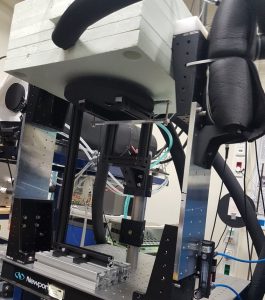 Figure 1: The new Hemispherical Blackbody (HSBB) was developed and characterised at the Physikalisch-Technische Bundesanstalt (PTB).
Figure 1: The new Hemispherical Blackbody (HSBB) was developed and characterised at the Physikalisch-Technische Bundesanstalt (PTB).
To establish this second path of traceability, it was necessary to bring the HSBB to PMOD/WRC in Davos for comparison measurements between the BB2007 and the HSBB. These measurements were performed as a joint collaboration between PMOD/WRC and PTB within the MetEOC series of projects. Measurements were carried out with a dedicated radiation thermometer, shown in figures 2 and 3, used as transfer instrument between the two blackbodies. In addition, an Infrared Integrating Sphere (IRIS) [4] instrument, shown in figure 4, and a pyrgeometer also served as transfer instruments. A photo of the measurement campaign in progress can be seen in figure 5.
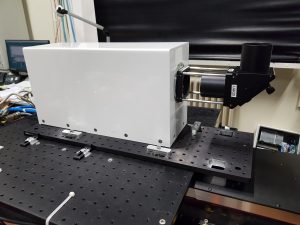 Figure 2: Shown is the radiation thermometer with a tilted mirror assembly that was used as one of three transfer instruments during the measurement campaign.
Figure 2: Shown is the radiation thermometer with a tilted mirror assembly that was used as one of three transfer instruments during the measurement campaign.
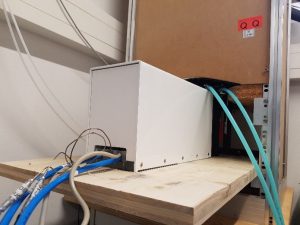 Figure 3: Pictured is the radiation thermometer positioned beneath the Tilted Bottom Cavity Blackbody BB2007.
Figure 3: Pictured is the radiation thermometer positioned beneath the Tilted Bottom Cavity Blackbody BB2007.
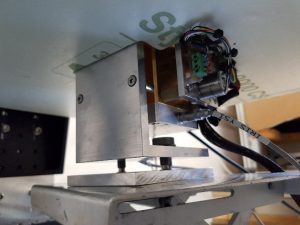 Figure 4: Measurements were also performed with an Infrared Integrating Sphere (IRIS) instrument, shown here attached to the novel Hemispherical Blackbody HSBB.
Figure 4: Measurements were also performed with an Infrared Integrating Sphere (IRIS) instrument, shown here attached to the novel Hemispherical Blackbody HSBB.
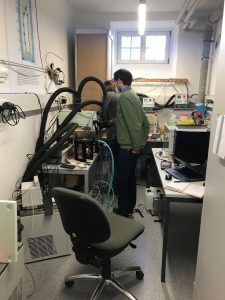 Figure 5: A lot of equipment was needed for the measurement campaign which took place in a laboratory at Physikalisch-Meteorologisches Observatorium Davos / World Radiation Center (PMOD/WRC).
Figure 5: A lot of equipment was needed for the measurement campaign which took place in a laboratory at Physikalisch-Meteorologisches Observatorium Davos / World Radiation Center (PMOD/WRC).
The data evaluation revealed good agreement between the irradiances of the BB2007 of PMOD/WRC and the HSBB of PTB within the target irradiance uncertainty of 0.5 W/m2. Figure 6 shows an example of the data acquired from comparison measurements performed using the IRIS instrument. These data demonstrate the success of the measurement campaign, which can be viewed as a decisive step forward to enhance the significance and impact of climate research.
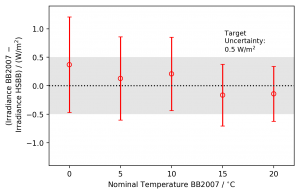 Figure 6: Very good agreement could be found between the irradiance of the Tilted Bottom Cavity BB2007 of PMOD/WRC and that of the Hemispherical Blackbody (HSBB) of PTB within the target irradiance uncertainty of 0.5 W/m2. The data shown in this diagram correspond to the measurements performed using an Infrared Integrating Sphere (IRIS) instrument.
Figure 6: Very good agreement could be found between the irradiance of the Tilted Bottom Cavity BB2007 of PMOD/WRC and that of the Hemispherical Blackbody (HSBB) of PTB within the target irradiance uncertainty of 0.5 W/m2. The data shown in this diagram correspond to the measurements performed using an Infrared Integrating Sphere (IRIS) instrument.[1Physikalisch-Technische Bundesanstalt (PTB), Germany; 2Physikalisch-Meteorologisches Observatorium Davos / World Radiation Center (PMOD/WRC), Switzerland].
References
[1] J. Gröbner. “Operation and investigation of a tilted bottom cavity for pyrgeometer characterizations”. In: Applied Optics 47.24 (2008), pp. 4441-4447. [2] A. Driemel et al. “Baseline Surface Radiation Network (BSRN): structure and data description (1992-2017)”. In: Earth System Science Data 10.3 (2018), pp. 1491-1501. [3] I. Müller et al. “Non-contact temperature measurement at the Physikalisch-Technische Bundesanstalt (PTB)”. In: Quantitative InfraRed Thermography Journal 18.3 (2021), pp. 187-212. [4] J. Gröbner. “A transfer standard radiometer for atmospheric longwave irradiance measurements”. In: Metrologia 49.2 (2012), pp. S105-S111.